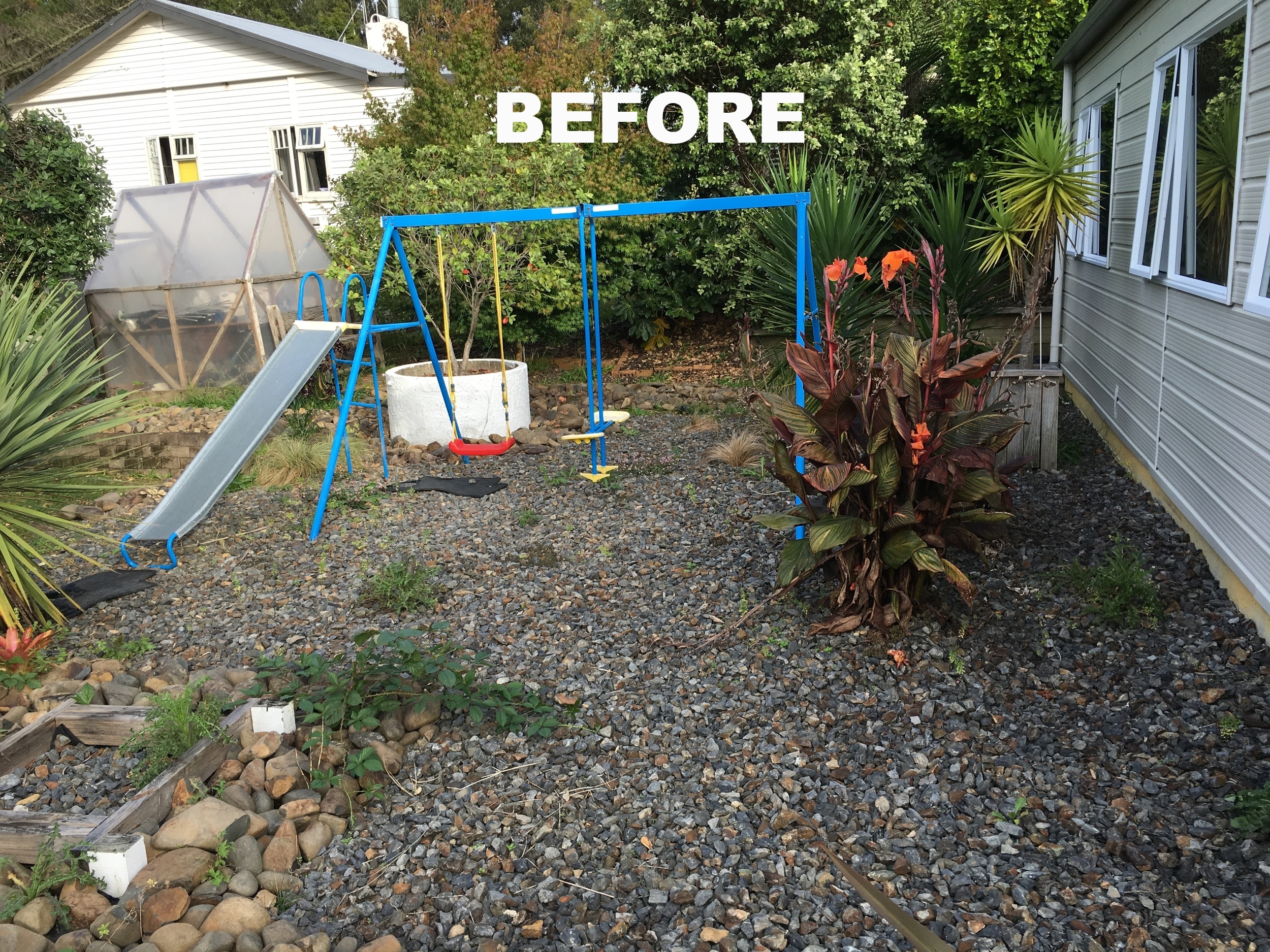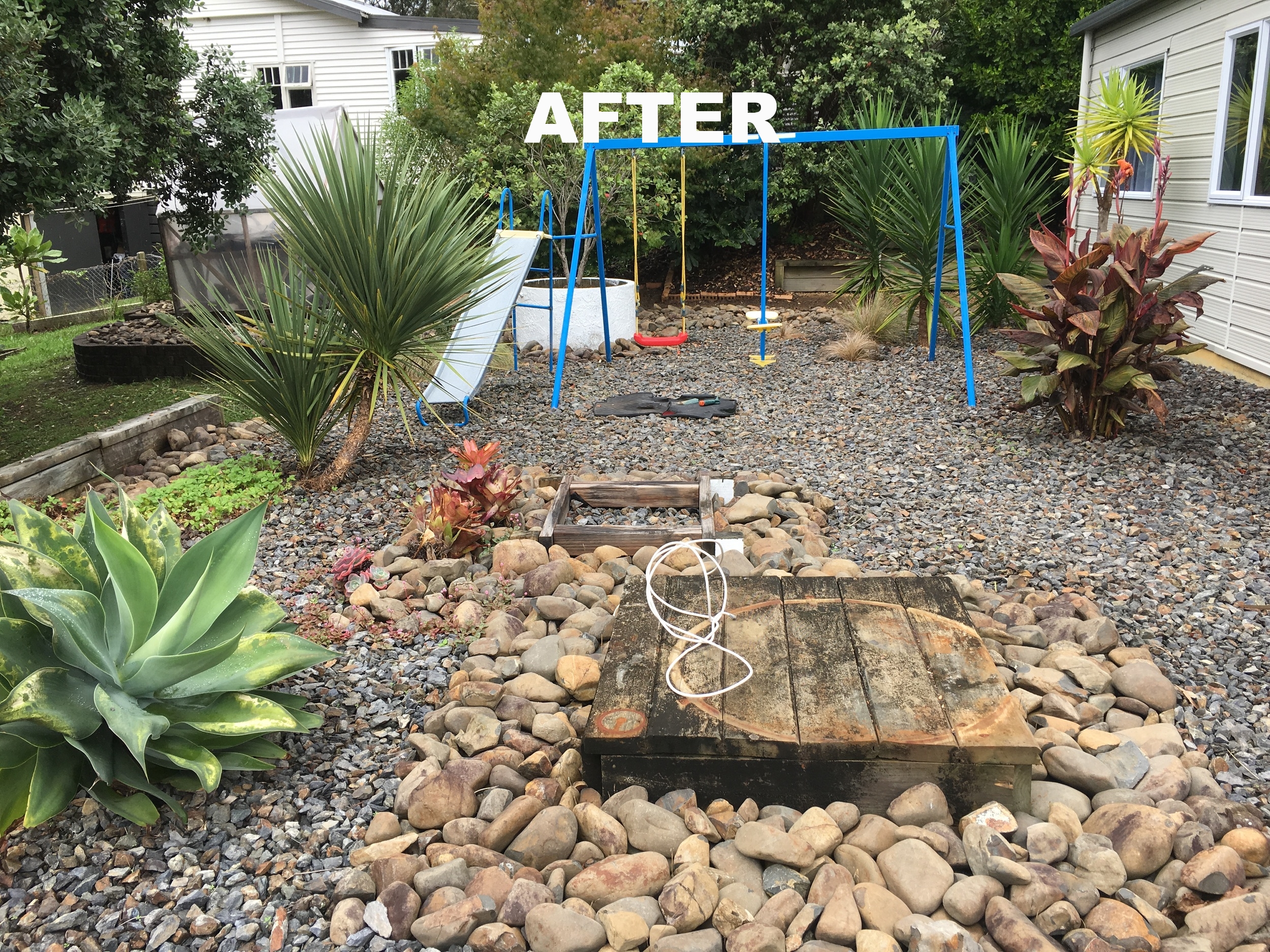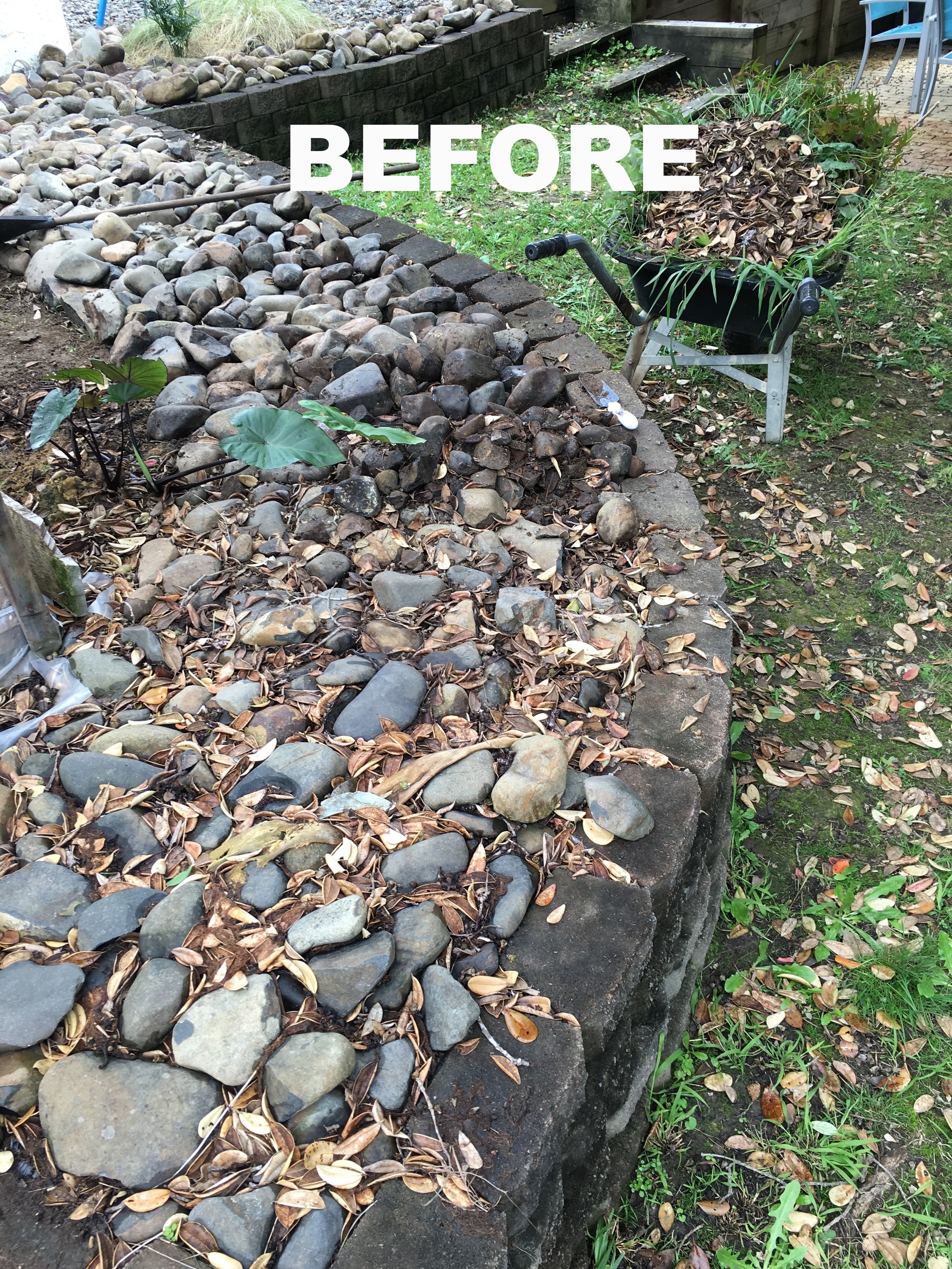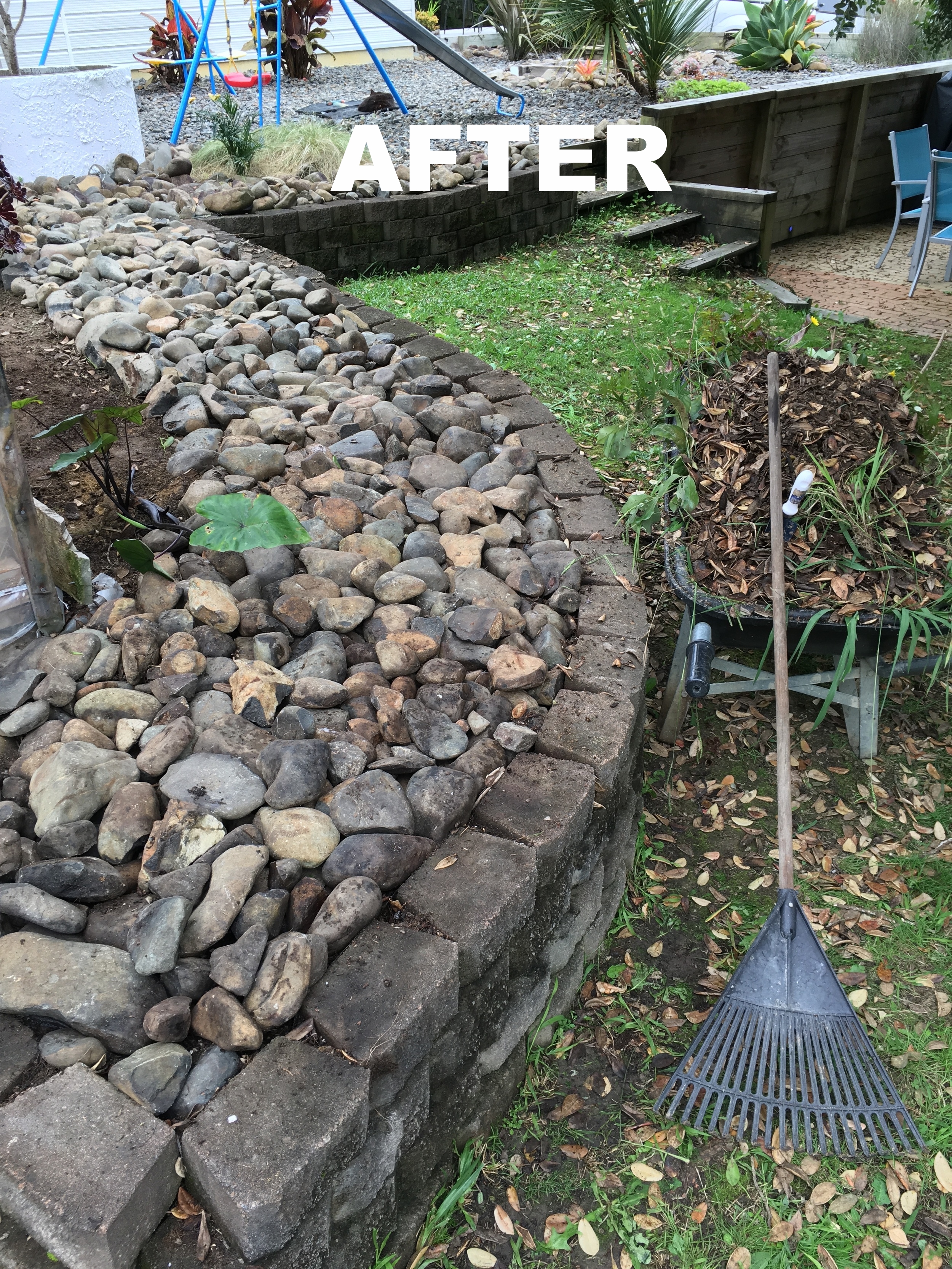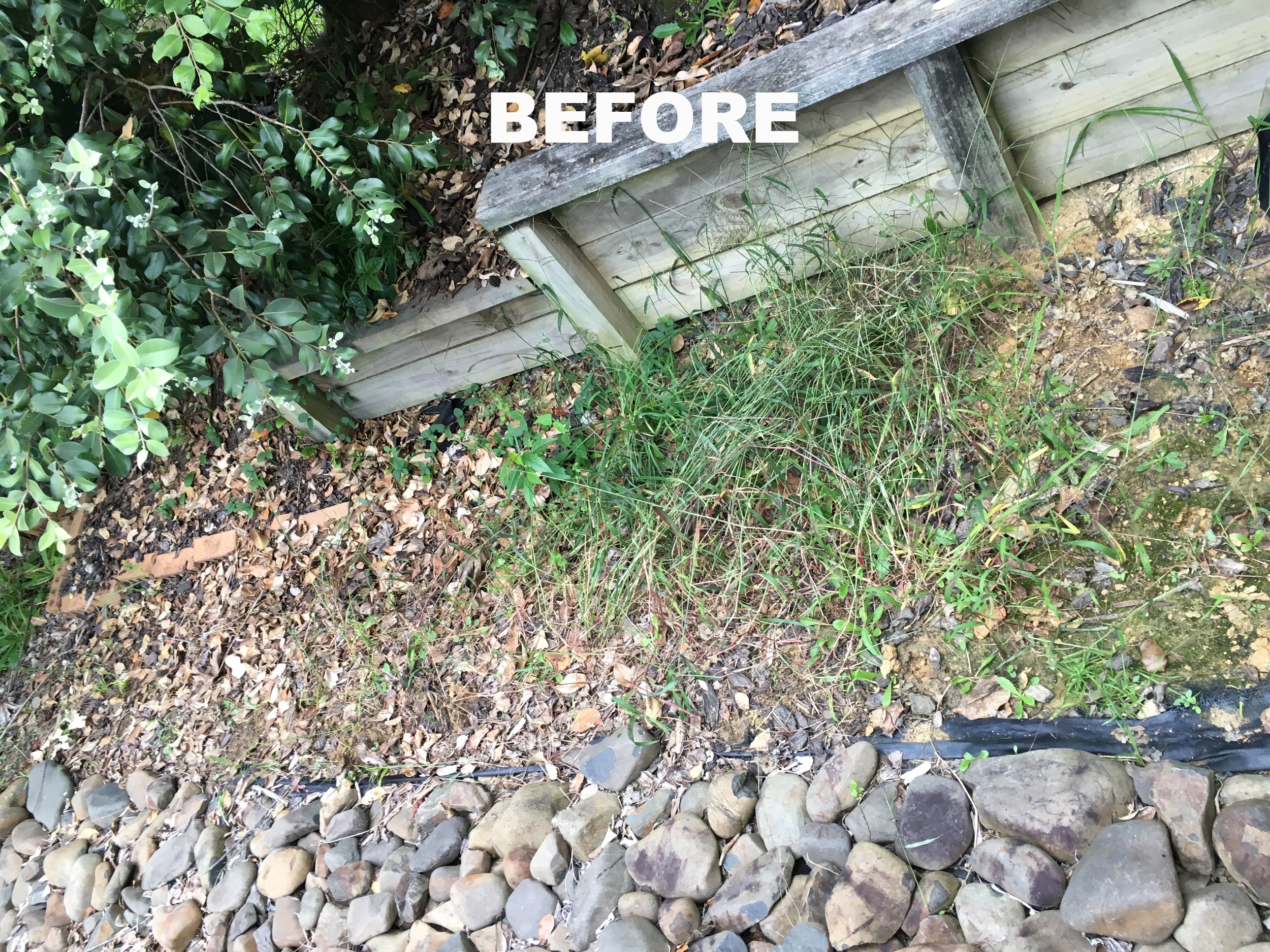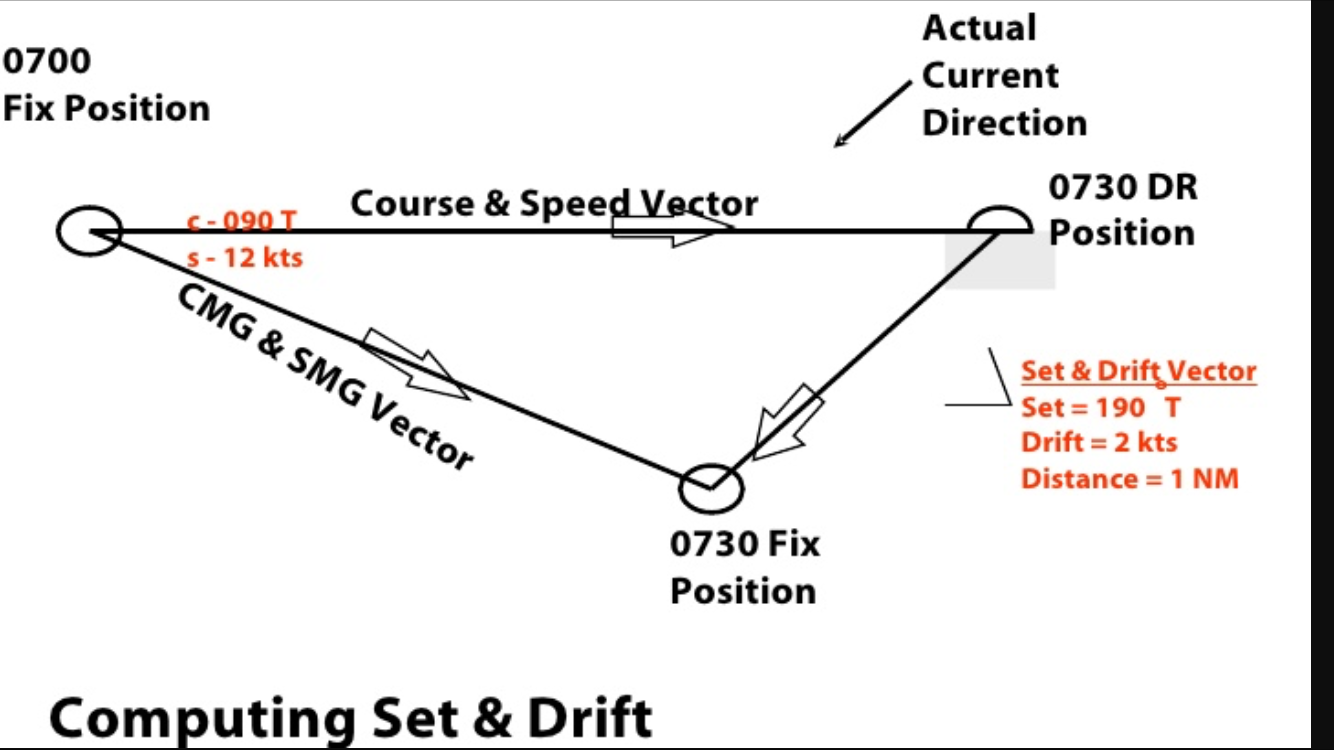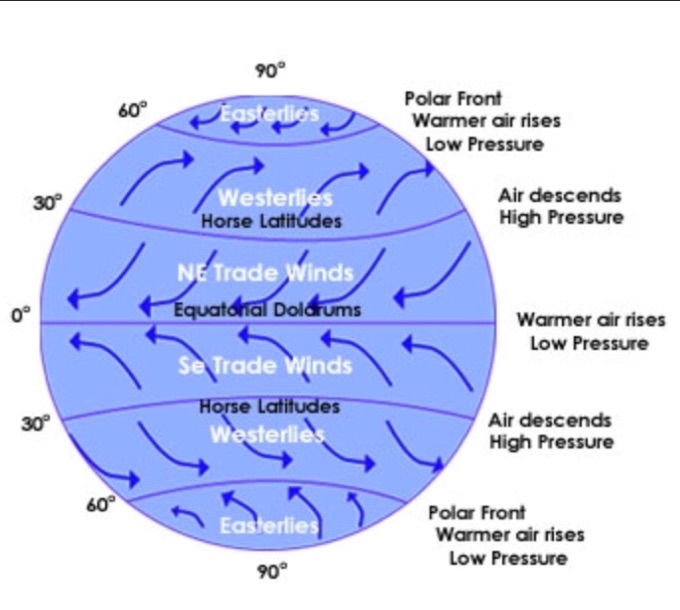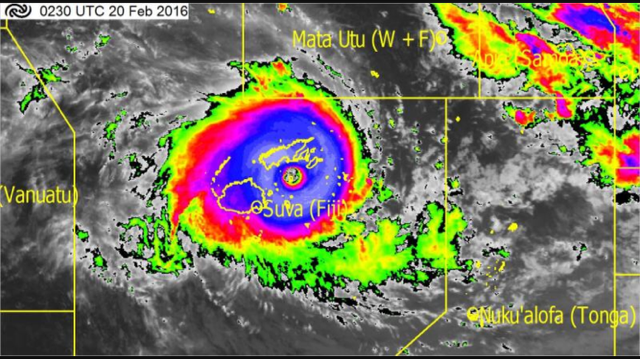NZFJ Passage Notes: "The During"
/Twelve hundred miles. Eight days. Three people. One boat.
· How did we manage with just three of us?
· What was it like to be in the middle of the ocean?
· Were there any problems?
Here are some tidbits about life on board the sailing vessel Avalon as she sliced through the wind and waves at an average speed of over 6 knots.
Departing from Marsden Cove Marina (Day 1). Originally, we had a team of four to sail the boat. Skipper Tom, First Mate Rick, and Crew Dan and Brad. However, as we waited in Marsden Cove Marina analyzing the weather and looking for a safe window, Brad ran out of time. He had to fly home, leaving just the three of us to make the long passage. It was a big bummer, but we had to get over it and continue the task at hand: getting to Fiji. After waiting an extra day for a weather front to pass, we departed on Thursday, May 12. I was thrilled to be underway.
We cranked Led Zepplin as we departed the slip perfectly. Tom put her in forward and we cruised down the narrow channel into the Hatea River. But our excitement was immediately put on hold. A huge cargo ship was just departing from the nearby port, with tugboats pulling it away from the dock, blocking our path. We made radio contact with one of the tugs to let them know our intentions. We then spun a few slow circles, watching and waiting, and then finally followed the cargo ship down the river and out into the ocean.
We then turned to port (left) and headed north on our way to Fiji!
Saying Goodbye to Land (Day 2). During the first couple of days, we had relatively light wind, calm seas, and clear skies. I watched the final bits of land disappear beyond the horizon. We were on our own now, that’s for sure. We motor-sailed a lot of the time (main sail up, but assisted with engine on). This was great because it gave us – especially me, the newbie to ocean passage-making – a chance to get acclimated to life on board the boat.
We had 1,200 miles to travel but we only had fuel for about 700 miles of motoring. (And we had to use some of our fuel to run the auxiliary motor for battery charging, water-making, and refrigerating). We knew we HAD to do some sailing. So even in the light wind, we tried to sail.
On Saturday, we hoisted the “cruising chute” which is like a small spinnaker (the colorful, kite-like headsail you see on boats going downwind). This was a good sail to use in the light wind we were getting.
We tried not to “wish for more wind” because superstition warns to be careful what you wish for. Too much wind could be worse than not enough wind. We had plenty of food, and could make fresh water at the rate of 40 gallons an hour – so we were in no rush. We were happy to wait for the wind to come.
Sailing All Day and All Night. We sailed every day, all day and all night. With just 3 people, we carefully structured each day and night into watches. The standard structure at night was going to be 2 hours on, 4 hours off, 2 hours on, 4 hours off. During the daytime, the standard would be 3 hours on, 6 hours off, 3 hours on. Of course this would all depend on conditions. In rough conditions, we would adjust length of watches, or even double up (e.g., one person is on watch, but another person is in the cockpit just watching the watch person to make sure he stays awake!) Then we catch up on sleep when the weather improves.
Unfortunately, when you’re not on watch, you can’t just go sleep. There are plenty of other jobs to be done while underway: trimming sails, checking our position and course, recording entries in the ship’s log, tidying up lines and cabin space, and making tea and meals, cleaning the galley and head, etc.
In the end, we worked well as a three-person team, adjusting as I mentioned from the intended four-person team. We all got a bit less sleep, but we ate more food, than planned. :-)
Eating and Drinking. Three guys on a boat for 8 days? Especially me. I am not known for my cooking skills. You may wonder what we ate and how we cooked. Well, I’ve covered the “what” part of the question in the “Shopping for Food” section. But I’ll cover a bit of the “how” here.
Like many things with sailing, our diet varied with the weather. In unfavorable conditions, we made sure we had easy-to-prep items that we could just heat up in the oven and/or that required no slicing and dicing: frozen pizzas, minced meat pies, and the classic peanut butter and jelly sandwich. On calmer days, we got more creative: pasta pesto, toasted ham and cheese sandwiches, and roasted chicken.
In addition to meals, there was a near constant flow of hot tea and coffee coming from our kettle – no matter what the weather.
Important safety note: As skipper Tom reminded us constantly, in the middle of the ocean, help is a long way away. Even a cut finger, stubbed toe, or bump on the head could turn into something serious. Infection, break, or concussion. BE CAREFUL. So for cooking, we tried to minimize slicing and dicing. We tried not to boil large pots of water that could spill and scald. And we were always careful with the stovetop open flame.
Getting Drenched, Dried, and Clean (Day 3 & 4). After three days of decent weather, on Sunday we hit the nasty stuff. We ran into a convergence zone of dueling air pressure systems which presented us with 12 hours of constant rain, wind, and seas. We donned our foul-weather gear and took turns at the helm, with the other two people hunched behind our dodger (windshield and roof) for safety and warmth. None of us had seen so much rain – it was just relentless.
We sailed on through the afternoon and evening. At some point during the dark night, the rain finally stopped and the sky cleared.
The following day was completely clear – blue skies, sunny, warm, light wind again. We hung our wet gear along the lifelines (cable railings along the boat) to dry out. We took turns showering with the fresh water hose at the stern of the boat. Ah, a shower never felt better.
Taking Care of the Boat. Out in the middle of the ocean, it was just us, the boat, and Mother Nature. There is no Vessel Assist or Coast Guard. There are no other boats around (usually). During our passage, we worked hard to keep the boat clean, organized, and in proper working condition. We investigated any unusual noise, any part missing or out of place. We tried to keep the stress on the boat (bashing through waves) to a minimum – not just for crew comfort, but for the boat’s comfort. We take care of her, and she’ll take care of us. That was our motto. We also took care of each other. As I’ve said, we were depending on each other’s skills, opinions, fitness, and health. We make sure each other is hydrated, well-rested, not seasick, etc. Not just to make it to Fiji, but to survive.
Sailing Wing-on-Wing in the Moonlight (Day 5 & 6). After the Sunday rain and Monday sunshine, we encountered another couple of days of light wind, with a change in wind direction. We were approaching the southeast trade winds, which would carry us up to Fiji. It was more of a downwind course at this point, versus up or across the wind like the previous few days. This downwind heading gave us the opportunity to try a new sail configuration: wing-on-wing. We used the pole to position the jib on the opposite side of the boat as the boom and mainsail. With both sails eased out to the max, we created a lot of sail area to catch the wind and move us along at 6 knots. The sails on either side of the hull make it look like the boat has wings, hence the name wing-on-wing.
We sailed this way all afternoon, with the boat gently rocking along with each swell. We continued on into the evening, with the light of the full moon shining down on the white sails. It was quite peaceful and graceful.
Running from Storms (Day 7). By Thursday, the wind and seas were picking up. We were a couple hundred miles away from Fiji. (We sail 100-200 miles a day depending on conditions). Reports of “cyclonic conditions” in Fiji for the weekend kept us on high alert – we had to get to Fiji before those conditions developed. We were already seeing 6-10 foot swells, and numerous squalls developing around us.
We stayed our course and sailed as fast as we could. As a squall approached, we could feel the gusty winds pick up (from 20 mph to suddenly 30 mph), and we beared away (headed downwind) to ease the forces on the boat. We took turns driving, as usual, but today was more intense. It really took the driver’s full attention to stay on course in the high wind and seas, but also to be responsive enough to react as the squalls passed over.
By 3am or 4am, we were through the worst of it. As the skies cleared, land ho! Over the dark horizon, we could see the outline of the even darker mountains of Fiji. We hove-to for a few hours to get some sleep. (Heaving-to means positioning the sails and rudder such that the forces counteract each other and the boat basically stays in one place, other than any effect of ocean current.) Rick and Tom had done several hours of the tough driving at night through the squalls, so I stayed on watch from 3am to 6am, letting them get some much needed sleep.
BULA, Fiji! (Day 8) On Friday, at 6am, we re-engaged the sails for forward momentum, and headed to Vuda Marina. We carefully navigated through the outer reefs and by 10am, we had tied up to the mooring ball outside the marina. We radioed for Customs and Immigration to come out to the boat for boarding, inspection, and check-in. We made it!
As you might imagine, that night we had long showers, a big dinner, and then one hell of a celebration at the Vuda Marina Bar and nearby Nadi Town.
But those details, of course, are not for this blog. :-)














